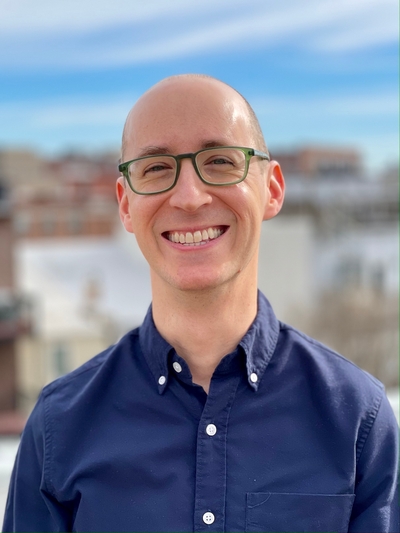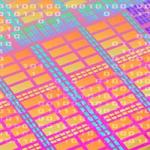
Jeffrey Allen Farrell, Ph.D.
Stadtman Investigator
Unit on Cell Specification and Differentiation
NICHD/DIR
Research Topics
Animals consist of a collection of cells with beautifully diverse shapes, structures, and functions, and this diversity is rebuilt from scratch by every embryo. Understanding the genetic programs that direct this process is the central mystery of developmental and regenerative biology. How are decisions about what cell type to adopt controlled? What genetic programs direct the morphological and functional specialization of different cells? Our lab combines single-cell genomics, imaging, genetic, and classical embryological approaches to investigate the genetic control of cell specification and differentiation during vertebrate embryogenesis. We focus on zebrafish embryos as a model system to study these questions, because among vertebrates, they are easy to culture, imagine, and manipulate both embryologically and genetically.
The single-cell revolution in developmental biology has given us new access and new tools to address these questions. I previously developed approaches to identify transcriptional trajectories from high temporal resolution single-cell RNA sequencing. These are the ‘highways’ or most likely paths through gene expression that cells take during development. These trajectories provide insight into the genetic programs that regulate cells’ choice of cell type and then their downstream functional transformations at a wider breadth than was previously achievable. We are currently extending our approaches to investigate:
- What cell types are present during later development?
- How are the diversity of cell types within the intestine and its surroundings specified during development and disrupted in disease?
- When distinct cell types arise through multiple developmental trajectories, are there long-term differences? If so, do those long-term differences make them more susceptible to alterations or errors that give rise to disease? If not, what active mechanisms assist in their proper canalization?
- How do cells’ histories influence their decisions in development? Do insults during development alter their future fate?
Biography
Dr. Farrell received a B.A. in Biochemistry from Columbia University in 2006. He performed his graduate work at the University of California, San Francisco in the lab of Patrick O’Farrell. There, he found that the dramatic slow-down of DNA replication at the Drosophila mid-blastula transition was triggered by regulated proteolysis of Cdc25 and a resultant drop in Cdk1 activity. Dr. Farrell then performed his postdoctoral work in the lab of Alexander Schier at Harvard University (in deep collaboration with the lab of Aviv Regev at the Broad Institute). There, he worked on developing and applying single-cell RNAseq approaches for studying developmental biology, including one of the first approaches for spatial inference from single-cell RNAseq data (Seurat), an approach to find transcriptional trajectories during development (URD), and one of the first whole-embryo single-cell RNAseq developmental atlases. His post-doctoral work was featured as part of Science’s 2018 Breakthrough of the Year. Dr. Farrell is now an Earl Stadtman Investigator in NICHD, where he heads the Unit on Cell Specification and Differentiation.
Selected Publications
- Sur A, Wang Y, Capar P, Margolin G, Prochaska MK, Farrell JA. Single-cell analysis of shared signatures and transcriptional diversity during zebrafish development. Dev Cell. 2023;58(24):3028-3047.e12.
- Fishman L, Modak A, Nechooshtan G, Razin T, Erhard F, Regev A, Farrell JA, Rabani M. Cell-type-specific mRNA transcription and degradation kinetics in zebrafish embryogenesis from metabolically labeled single-cell RNA-seq. Nat Commun. 2024;15(1):3104.
- Wang Y, Liu J, Du LY, Wyss JL, Farrell JA, Schier AF. Gene module reconstruction identifies cellular differentiation processes and the regulatory logic of specialized secretion in zebrafish. Dev Cell. 2025;60(4):581-598.e9.
Related Scientific Focus Areas
This page was last updated on Sunday, December 1, 2024


